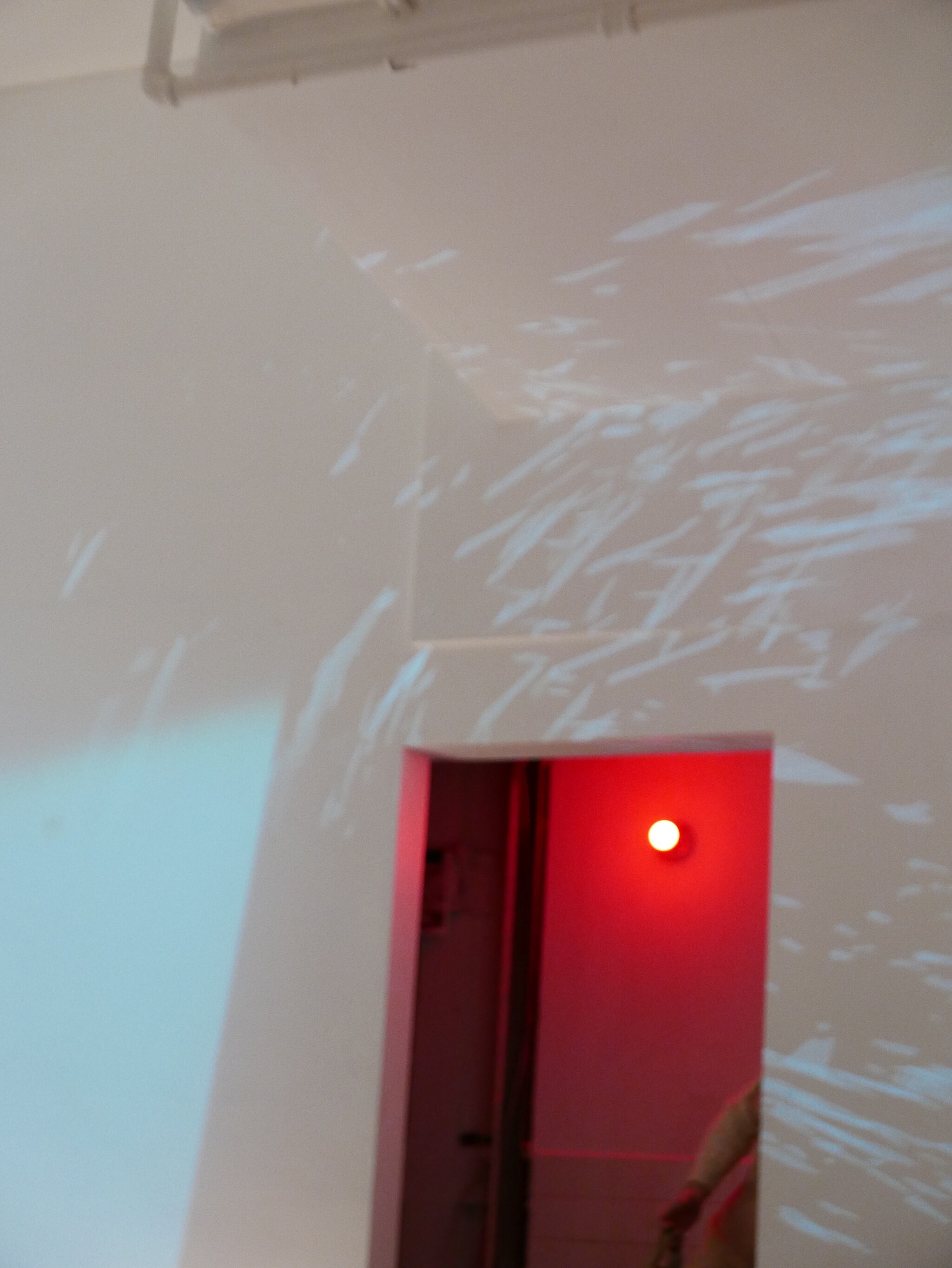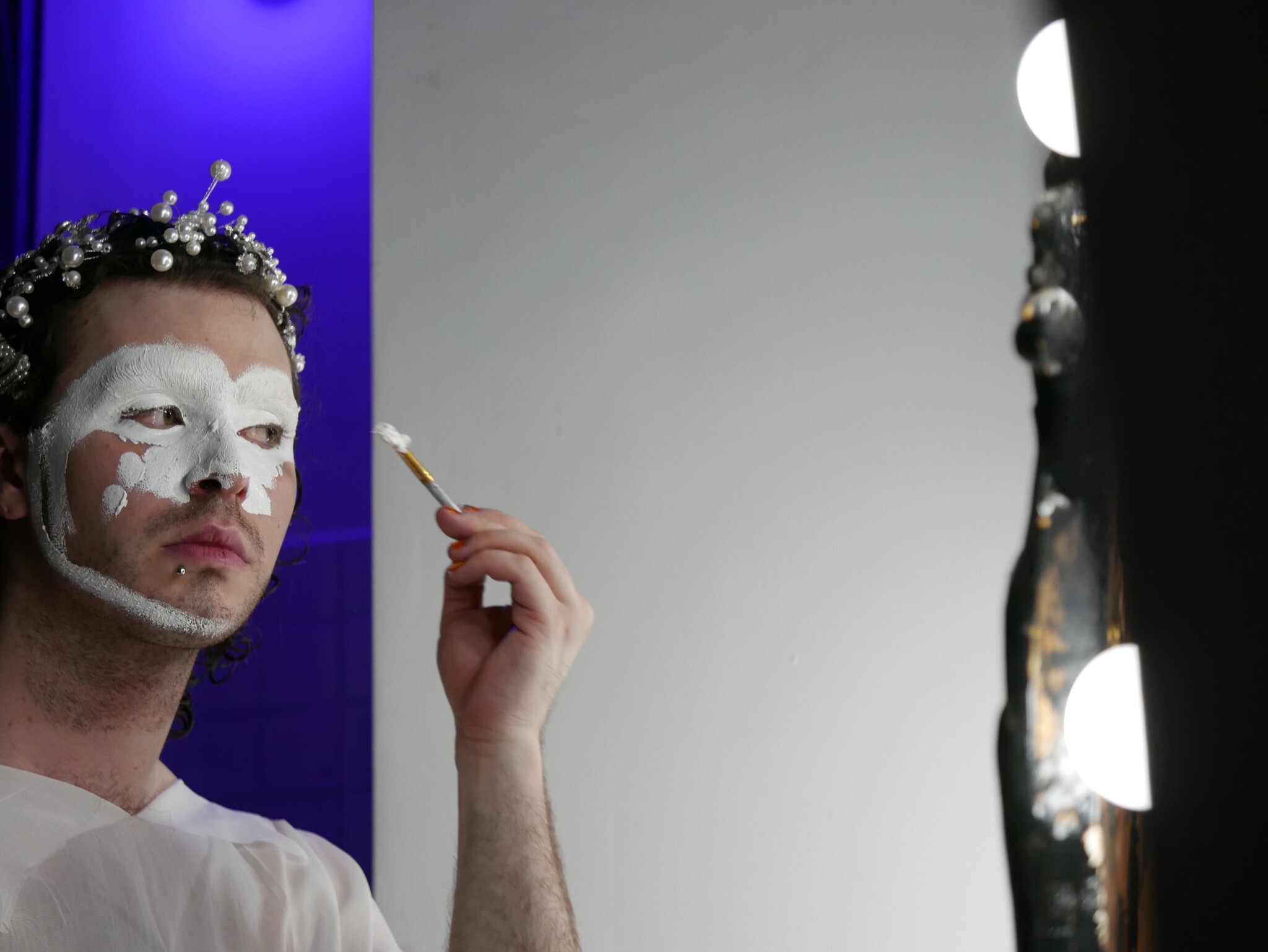May 31, 2019
Taylor Clayton-Brooks
Holy Wooling
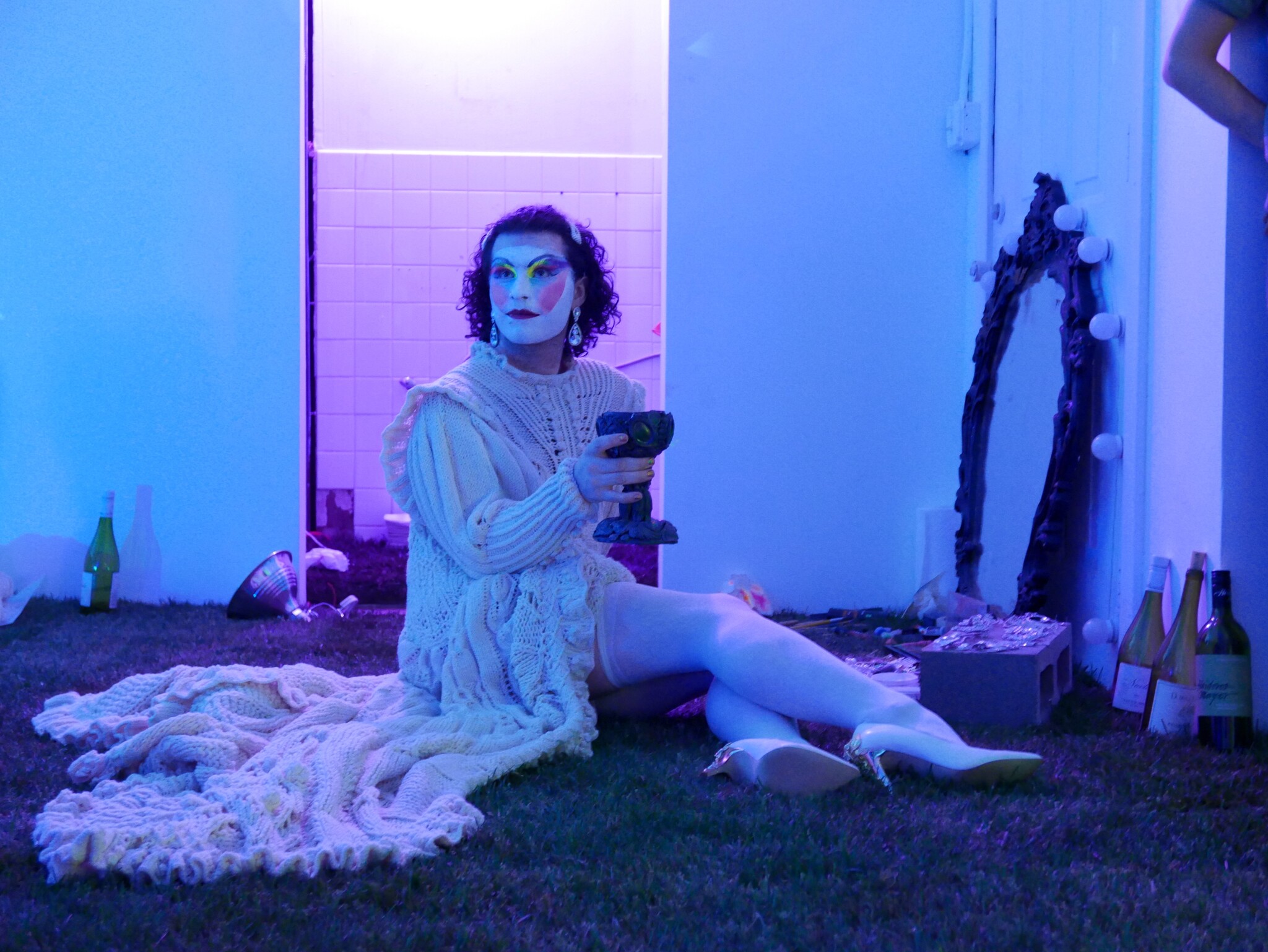
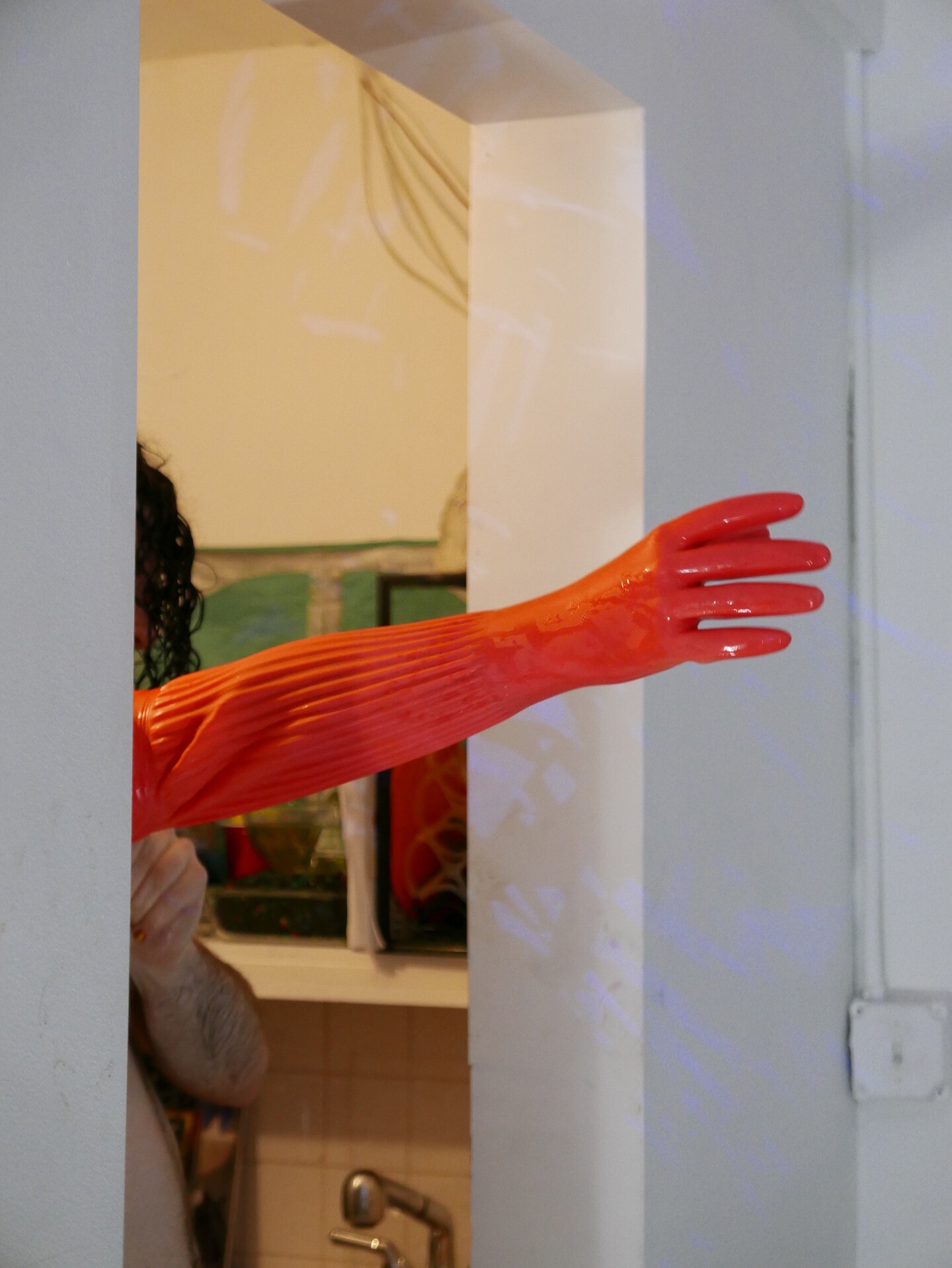

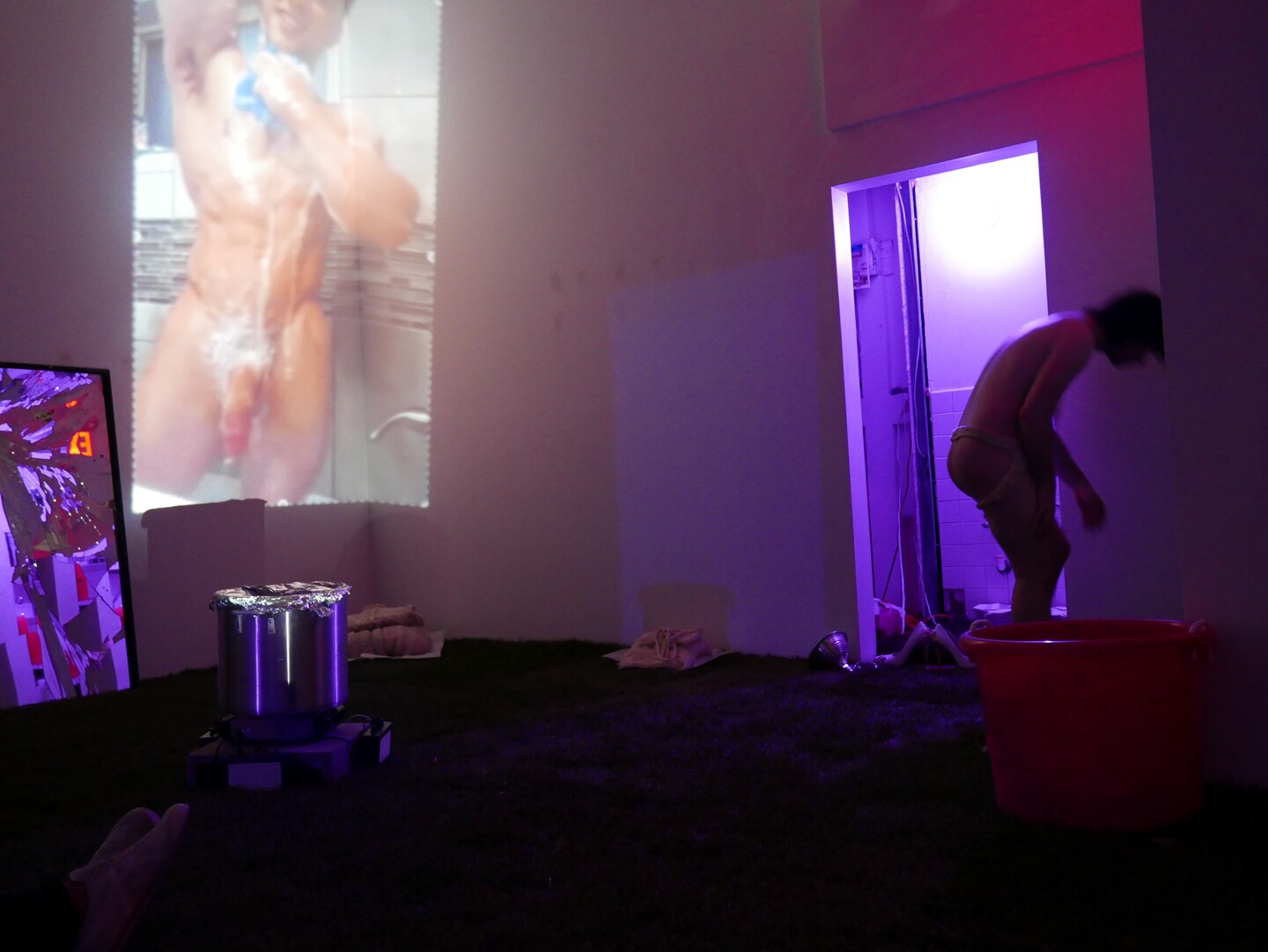


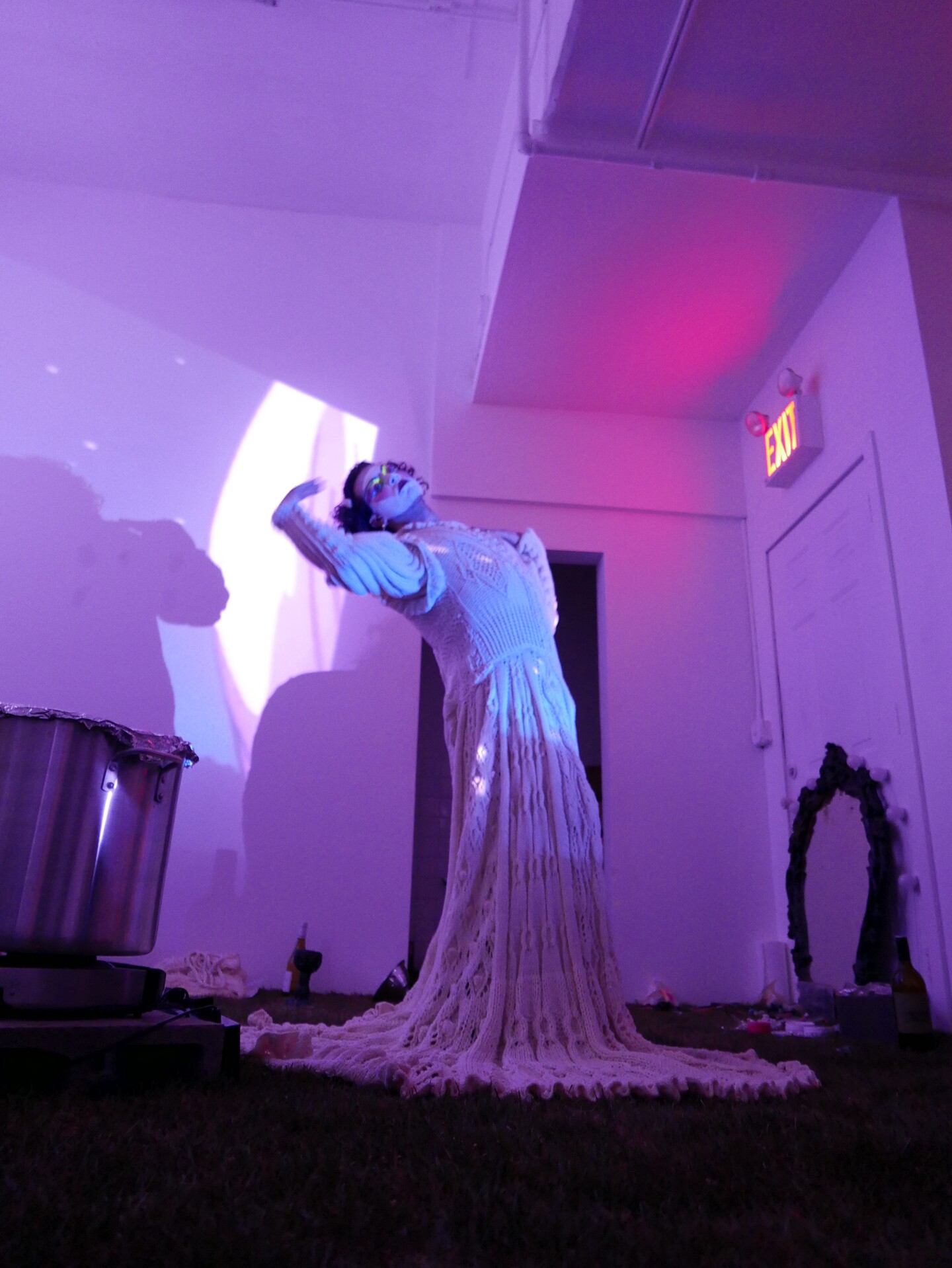
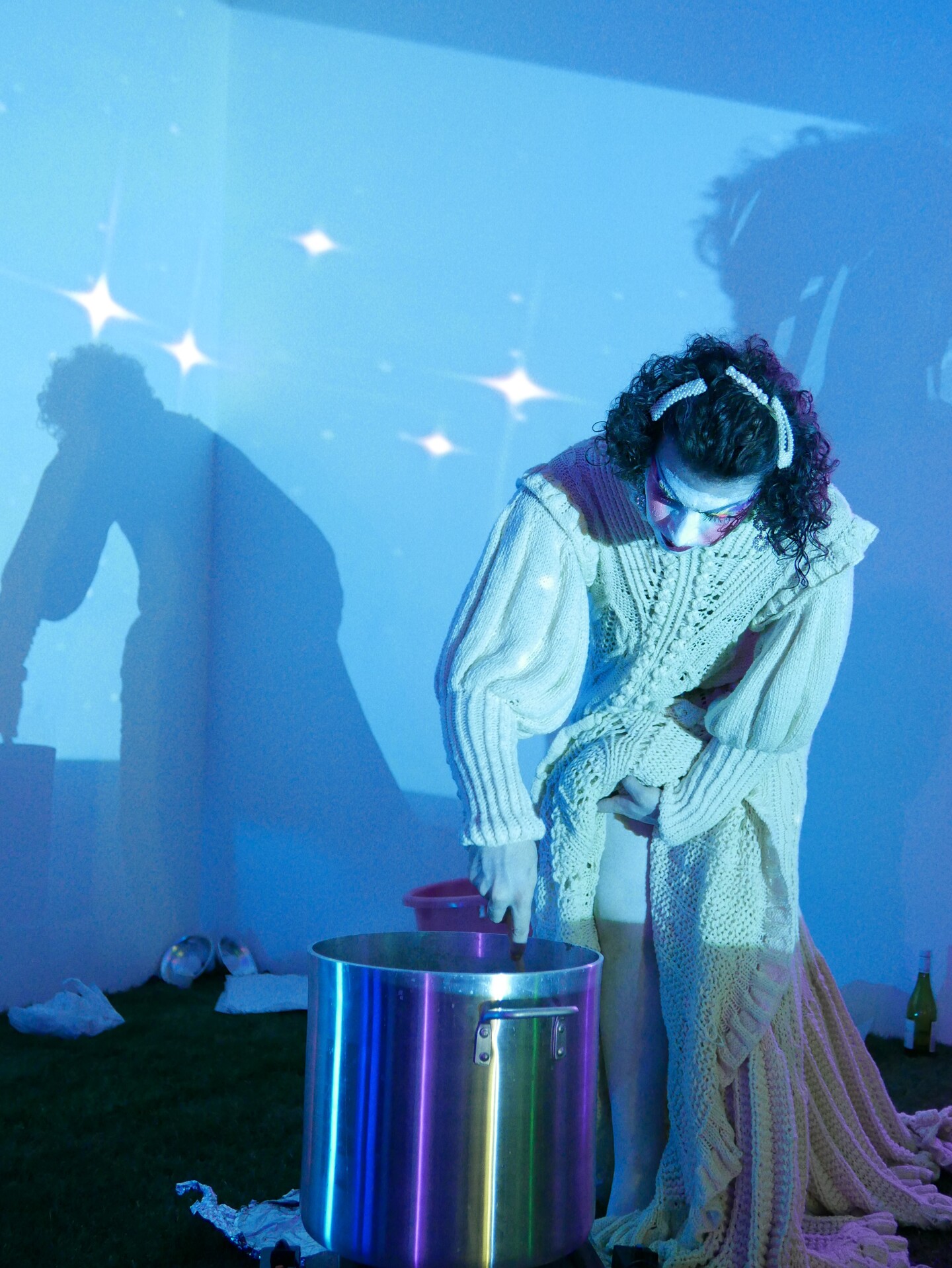
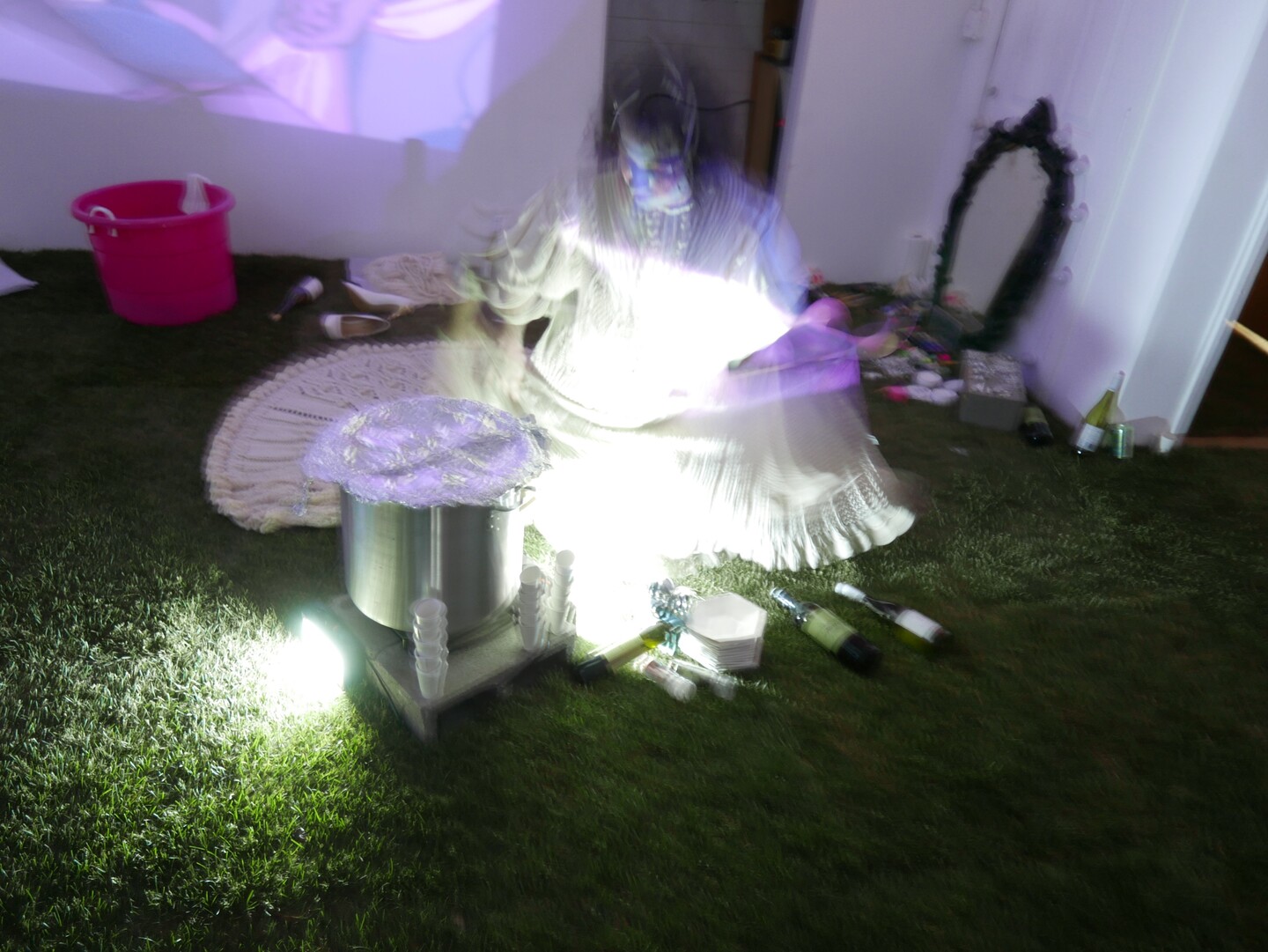
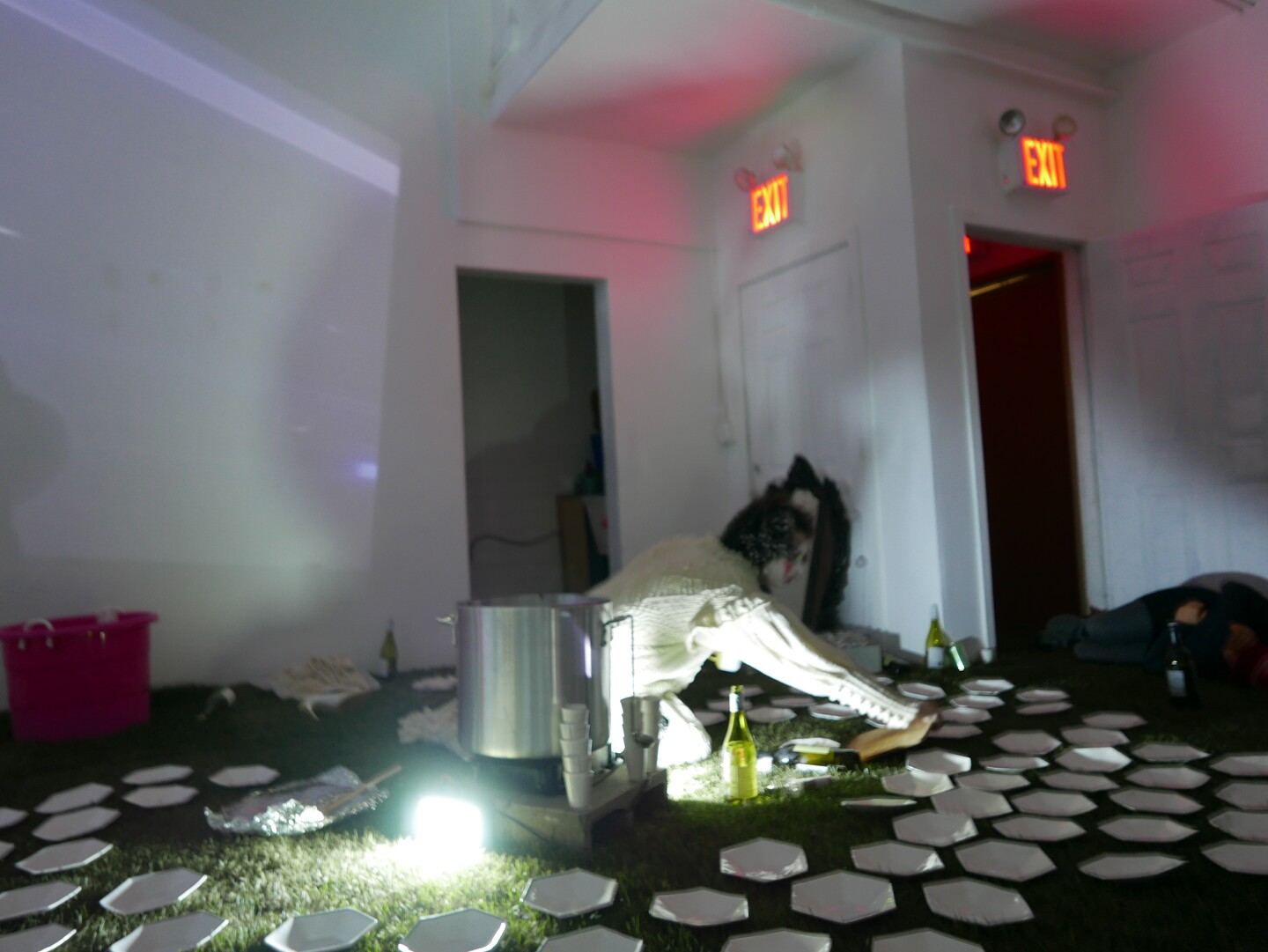

A fait breeze from the balcony.
Is that nail polish in the wind?
The body at rest, Glitter and lipstick,
Picnic and spa, Erotic fantasy swathed in white.
Loosen yourself in my meadow.
Sip wine and share me.
stimulate your senses, feel enticed… relax!
Laugh at yourself. Delete adherence to linear thought.
Follow the light and sound, stilettos and skin.
Enjoy the faint odors of grass and a slowly cooking meal as
you experience and participate in the Holy Wooling.
Leave gender behind you.
Erase the wants and needs that you feel you deserve from
other people's bodies.
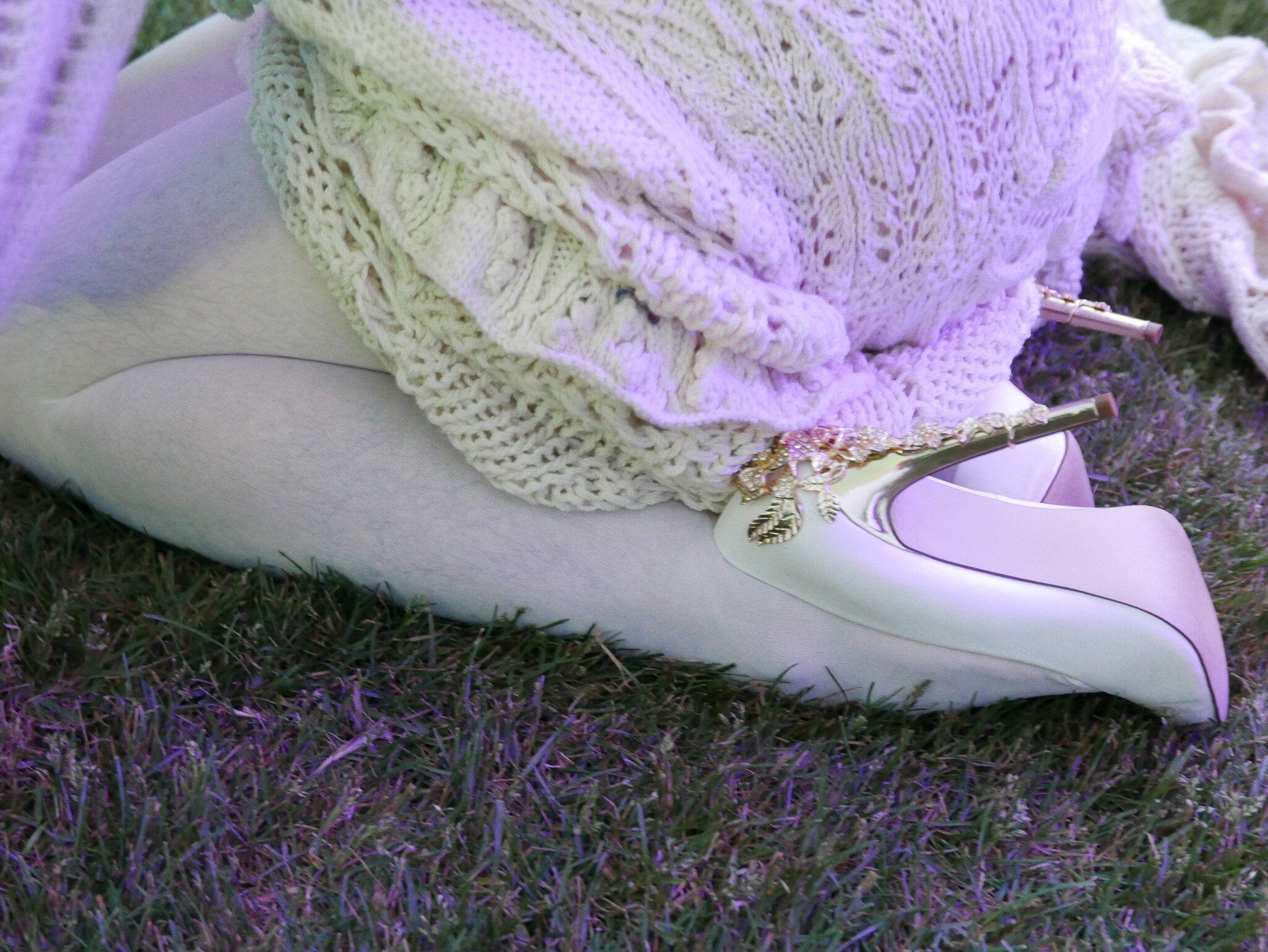
Holy Wooing is Queer Temple, Dance Club. Social Space. Performance. Combining and recontextualizing these modes and environments, Holy Wooling explores gender, identity, and community through the rituals and labor of the queer domestic. Sound installation replaces the artist's voice as physical action and deliberate, calculated articulations emphasize transformations of body into object, commodity into meal, and meadow into monument. The audience is encouraged to mill, conserve, share and observe the artist and themselves undergoing a threshold experience oof entering and participating in an altered queer reality. Hand-knit garments of unbleached white wool act as the framework of transformation throughout the ritual. From skeins of hearsay the artist has woven queerness through histories of religious and physical abuse, engaging a hybridized portrait cultivated from the dominant culture exposed and critiqued. The social construct of masculinity is experienced by far too many mes as a regime of power laboring to invalidate, exclude and extinguish faggotry, effeminacy, and queer community. The performance of "drag" and pseudo-"stiptease" are utilized to combat these toxic modes of masculine expression. Rather than simply removing clothing as in traditional striptease, the process of revealing an "authentic" self is reversed through the act of continuously dressing and redressing, enacting a kind of counter-striptease that does not fetishize the material body but instead mediates the ways in which, through costume and performance, one continuously makes the self. Each piece of the metamorphosing garment displays a different positions within the gay male subcultural spectrum. Through disguise, the sequence itself works as a catalog of the various queer modalities of self-presentation. Holy Wooling will provide the audience with a meal prepared and presented by the artist as an act of intimacy, an invitation to explore the queerness within themselves and each other through the environment. All food will be vegan and organic.
—Taylor
